Sonoma County’s Rodney Strong Vineyards is well known for a strong portfolio of wines that check a lot of important boxes. The wines they offer have a strong sense of their Sonoma County origins; sometimes as wide as the county, others as specific as a small parcel. If your budget is $10 of $75 they have something of quality for you. More often than not these wines deliver more in quality than the price tag would suggest. Every once in a while; seemingly more often in the last few years, they add something new to their lineup. I’m always eager to taste anything they’ve produced because the wines in their lineup tend to be not just good, but also a boon for wine consumers. So when their latest entry, Upshot, showed up on my doorstep I was excited to twist the cap off and get it into my glass. Considering that Symmetry, their Red Bordeaux inspired blend, is one of the best wines (and values) in their portfolio, one vintage after another, I was immediately intrigued to learn that they added another red blend.
Rodney Strong Vineyards 2015 Upshot Sonoma County Red Blend ($28)
This new offering from producer Rodney Strong is an unconventional blend of Zinfandel, Merlot, Malbec, Petit Verdot, and Riesling. Looking at the blend and the modern packaging it’s clear that Upshot is a completely different wine, with a likely different audience than the venerable Symmetry. Things open up here with a lifted nose showing off dark berries and a hint of white flowers. The flavors are equally dark with blackberry, plum, and raspberry joining oodles of spice, and bits of cocoa. Savory herbs, black olive, chicory and dried black fruits are all evident on the solid finish.
There are so many red blends from California on shelves these days. The vast majority of them though are in the more casual supermarket wine category. They're also often sourced from all over the state, not just Sonoma County. Don’t let the screw-cap, contemporary label and name fool you, Upshot is several classes above those. It’s both a serious and very drinkable wine that combines a bit of curb appeal with substantial structure. Whether you’re pouring it for casual wine drinkers or more discerning winos, they’ll all find something to like here. The suggested retail price is $28 but you’re likely to find it on the shelf for right around $20. At that price you might want to grab a case and up your house wine game. The real Upshot is that Rodney Strong Vineyards have added yet another terrific wine to their portfolio.


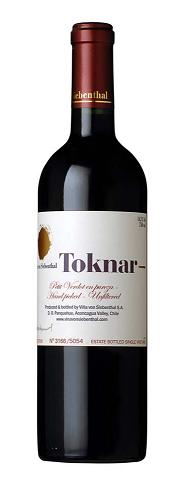
 Petit verdot is one of those grapes the average wine drinker doesn’t think of too often. Usually it shows up in Bordeaux-style blends as a complementary player to cabernet sauvignon, merlot, and the like. When I talk to winemakers, they often mention that in those blends a little petit verdot goes a long way. So in the rare instance when one is bottled as a single varietal offering it could well be worth paying attention. That was the case with one from Chile that I recently drank.
Petit verdot is one of those grapes the average wine drinker doesn’t think of too often. Usually it shows up in Bordeaux-style blends as a complementary player to cabernet sauvignon, merlot, and the like. When I talk to winemakers, they often mention that in those blends a little petit verdot goes a long way. So in the rare instance when one is bottled as a single varietal offering it could well be worth paying attention. That was the case with one from Chile that I recently drank.
 One of my favorite things about covering wine is the opportunity to hang out with winemakers. It’s a lot of fun and also a relief when there’s someone in the room who’s more of a geek about fermented grape juice than I am. The last few years I’ve been really impressed with the offerings being put out by
One of my favorite things about covering wine is the opportunity to hang out with winemakers. It’s a lot of fun and also a relief when there’s someone in the room who’s more of a geek about fermented grape juice than I am. The last few years I’ve been really impressed with the offerings being put out by 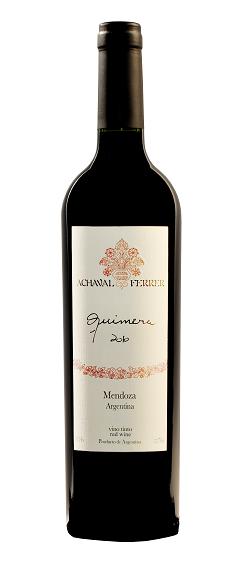 Many wine making regions produce Bordeaux inspired blends and the results vary greatly. In my mind the downfall often comes when trying to mimic the great wines of Bordeaux to the point of not focusing on what does best in the region in question. Argentina of course is best known for Malbec which thrives there in a variety of styles. The latest release from Bodega Achaval-Ferrer is a Bordeaux inspired blend and it’s also a wine with a relatively large percentage of Malbec in it. So here’s a release where Bordeaux inspiration and local rock-star grape meet. Here are my thoughts on the results.
The Achaval-Ferrer 2010 Quimera was produced from fruit sourced in three appellations: Lujan de Cuyo, Medrano, and Tupungato. This offering is a blend of Malbec (31%), Merlot (20%), Cabernet Sauvignon (27%), Cabernet Franc (18%) and Petit Verdot (4%). Each varietal underwent primary fermentation separately in small tanks; Malolactic fermentation followed after the wine was blended. Barrel aging took place over 12 months in entirely French oak; 40% of the barrels utilized were new and the balance had been used once prior. Just more than 3,000 cases of this wine were produced and it has a suggested retail price of $56.
Many wine making regions produce Bordeaux inspired blends and the results vary greatly. In my mind the downfall often comes when trying to mimic the great wines of Bordeaux to the point of not focusing on what does best in the region in question. Argentina of course is best known for Malbec which thrives there in a variety of styles. The latest release from Bodega Achaval-Ferrer is a Bordeaux inspired blend and it’s also a wine with a relatively large percentage of Malbec in it. So here’s a release where Bordeaux inspiration and local rock-star grape meet. Here are my thoughts on the results.
The Achaval-Ferrer 2010 Quimera was produced from fruit sourced in three appellations: Lujan de Cuyo, Medrano, and Tupungato. This offering is a blend of Malbec (31%), Merlot (20%), Cabernet Sauvignon (27%), Cabernet Franc (18%) and Petit Verdot (4%). Each varietal underwent primary fermentation separately in small tanks; Malolactic fermentation followed after the wine was blended. Barrel aging took place over 12 months in entirely French oak; 40% of the barrels utilized were new and the balance had been used once prior. Just more than 3,000 cases of this wine were produced and it has a suggested retail price of $56.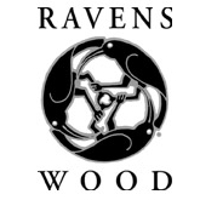
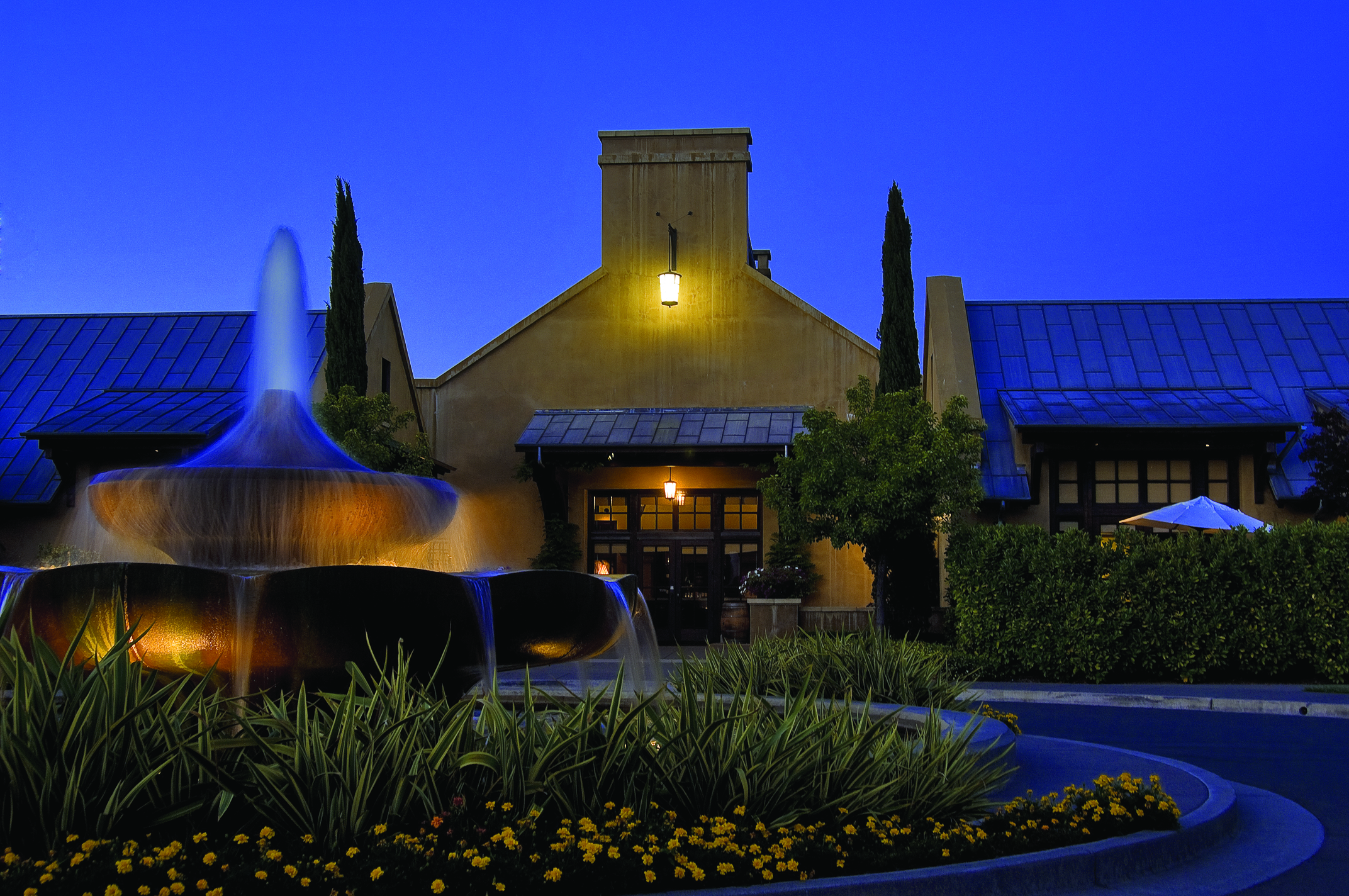 Last week
Last week 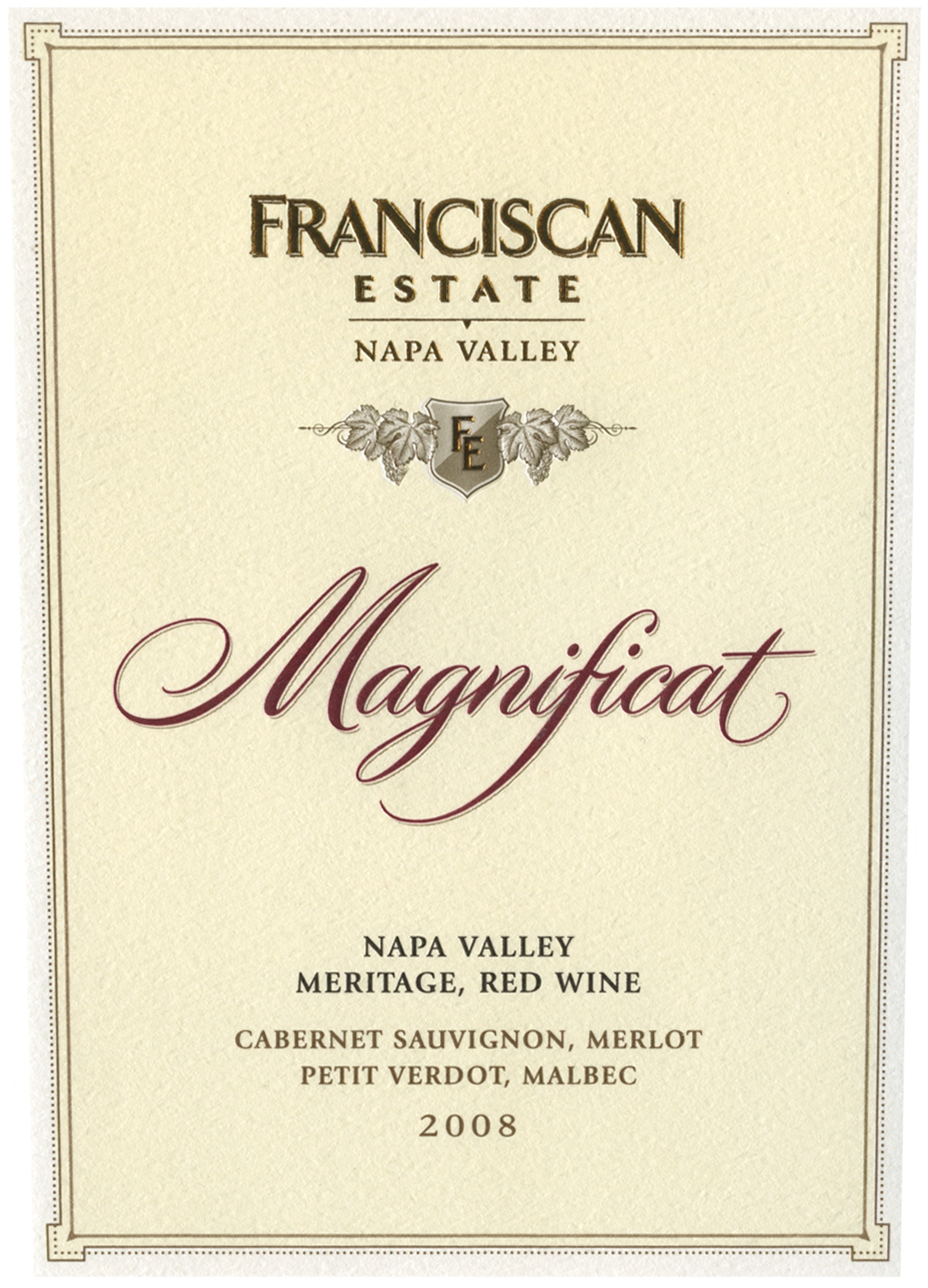 I’ve personally been drinking wines from Napa Valley’s
I’ve personally been drinking wines from Napa Valley’s  Last week I was lucky enough to sit and taste wine over dinner with Bernard Portet at
Last week I was lucky enough to sit and taste wine over dinner with Bernard Portet at  When I was in Chile last month I participated in a virtual Blogger tasting. I’d taken part in previous tastings of that kind from home before. But on this occasion I was onsite in an adjacent room while the winemakers discussed their varied offerings a few feet away. Getting to mingle with a roomful of winemakers before and after the tasting was one of many highlights that dotted a wonderful week in Chile. There were several standouts for me that day; one of them came from producer
When I was in Chile last month I participated in a virtual Blogger tasting. I’d taken part in previous tastings of that kind from home before. But on this occasion I was onsite in an adjacent room while the winemakers discussed their varied offerings a few feet away. Getting to mingle with a roomful of winemakers before and after the tasting was one of many highlights that dotted a wonderful week in Chile. There were several standouts for me that day; one of them came from producer  The Ventisquero 2010 Grey Carmenère was produced from fruit sourced at Trinidad Vineyard in Chile’s Maipo Valley. This is a 100% varietal offering. Fermentation took place in stainless steel tanks followed by aging in French oak over 18 months. 33% of the barrels utilized were new. An additional 8 months of bottle aging occurred prior to release. This wine has a suggested retail price of $23.99. Boysenberry, vanilla and violet aromas burst out from the nose of this Carmenère. The palate is juicy and pleasing with plums, blackberry and berry fruit flavors galore. Green herb notes underscore things here and play a supporting role. Black tea, plum pudding spices, minerals and black pepper all emerge on the finish. There is a lovely balance in this wine with loads of eager fruit buoyed by lots of spice and a lovely collection of herbaceous characteristics. The Ventisquero Carmenère works equally well paired with full flavored foods as it does on its own.
The Ventisquero 2010 Grey Carmenère was produced from fruit sourced at Trinidad Vineyard in Chile’s Maipo Valley. This is a 100% varietal offering. Fermentation took place in stainless steel tanks followed by aging in French oak over 18 months. 33% of the barrels utilized were new. An additional 8 months of bottle aging occurred prior to release. This wine has a suggested retail price of $23.99. Boysenberry, vanilla and violet aromas burst out from the nose of this Carmenère. The palate is juicy and pleasing with plums, blackberry and berry fruit flavors galore. Green herb notes underscore things here and play a supporting role. Black tea, plum pudding spices, minerals and black pepper all emerge on the finish. There is a lovely balance in this wine with loads of eager fruit buoyed by lots of spice and a lovely collection of herbaceous characteristics. The Ventisquero Carmenère works equally well paired with full flavored foods as it does on its own. Terroir is one of those ideas that is thrown around a lot as a buzz word in the wine industry. Depending on who it is bringing it up there can be a bit of controversy surrounding it. And while it may seem a little out there to some folks to think that Cabernet Sauvignon for example planted in a specific spot can be imbued with very different characteristics than a Cabernet Sauvignon planted a few hundred feet away, the truth is in the bottle. All one really needs to better understand the concept of Terroir is a taste, once you’ve experienced it first hand it’s easier to believe. Of course it’s a sliding scale and not every wine or more specifically every place will impart that. Furthermore some wines are made in such a style that their Terroir ends up being masked. That’s a different part of the subject for another day. This is about wines that do show their sense of place. I attended Vinos De Terroir hosted by Wines of Chile. The concept was a focused look at 10 great examples of Terroir driven wines from Chile. The event took place at
Terroir is one of those ideas that is thrown around a lot as a buzz word in the wine industry. Depending on who it is bringing it up there can be a bit of controversy surrounding it. And while it may seem a little out there to some folks to think that Cabernet Sauvignon for example planted in a specific spot can be imbued with very different characteristics than a Cabernet Sauvignon planted a few hundred feet away, the truth is in the bottle. All one really needs to better understand the concept of Terroir is a taste, once you’ve experienced it first hand it’s easier to believe. Of course it’s a sliding scale and not every wine or more specifically every place will impart that. Furthermore some wines are made in such a style that their Terroir ends up being masked. That’s a different part of the subject for another day. This is about wines that do show their sense of place. I attended Vinos De Terroir hosted by Wines of Chile. The concept was a focused look at 10 great examples of Terroir driven wines from Chile. The event took place at 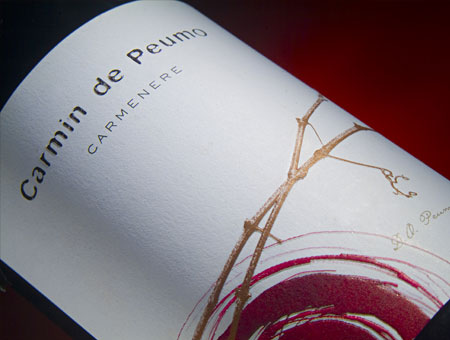
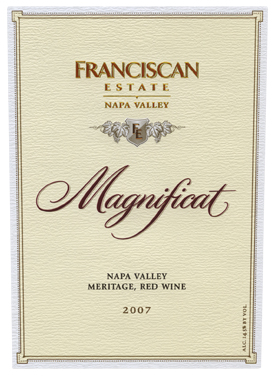 Cabernet Sauvignon and Merlot are the wines I first became familiar with in the
Cabernet Sauvignon and Merlot are the wines I first became familiar with in the  Recently, I had the opportunity to taste a number of
Recently, I had the opportunity to taste a number of  and each vintage the finest lots are selected to assemble The Puzzle. As such the varietal composition can vary greatly from one year to the next. The current release is a blend of Merlot (42%), Cabernet Sauvignon (36%), Cabernet Franc (14%), Petit Verdot (6%) and Malbec (2%). Aging occurred over 20 months in entirely French oak. This wine has a suggested retail price of $80.
and each vintage the finest lots are selected to assemble The Puzzle. As such the varietal composition can vary greatly from one year to the next. The current release is a blend of Merlot (42%), Cabernet Sauvignon (36%), Cabernet Franc (14%), Petit Verdot (6%) and Malbec (2%). Aging occurred over 20 months in entirely French oak. This wine has a suggested retail price of $80.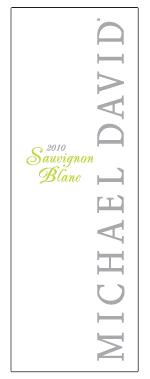
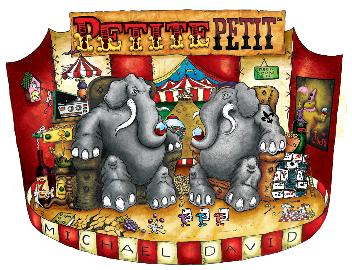 layered and fairly intense. Dark chocolate and hints of earth mark the velvety finish of this wine. Petite Petit has firm tannins that yield with some air. This is a big, bold wine that will work best paired with similar styled foods. At 85% Petite Sirah this wine could legally be labeled as such; however the Petit Verdot plays a pivotal role here at 15% adding such depth and dimension that the Petite Petit name is wholly appropriate and actually quite perfect.
layered and fairly intense. Dark chocolate and hints of earth mark the velvety finish of this wine. Petite Petit has firm tannins that yield with some air. This is a big, bold wine that will work best paired with similar styled foods. At 85% Petite Sirah this wine could legally be labeled as such; however the Petit Verdot plays a pivotal role here at 15% adding such depth and dimension that the Petite Petit name is wholly appropriate and actually quite perfect.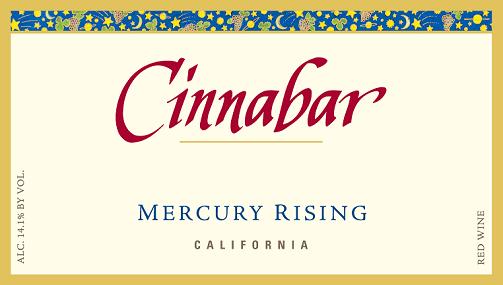 The
The  While I’ve been drinking Chilean wine for many years I feel reinvigorated to taste more and more of them lately. For several decades now we’ve been able to find lots of value in Chilean Wine on US shelves. But now we’re also seeing greater and greater numbers of wines in all price categories. Prices, styles and quality vary; but the bang for the buck is pretty constant across all tiers. Of course not every wine is great, but there are a lot out there to love. Today I’ll look at a Chilean blend from the Maule Valley.
The Oveja Negra 2008 Lost Barrel was produced using fruit sourced in the Maule Valley of Chile; more specifically from the winery’s San Rafael Vineyard. This blend is a combination of Syrah (40%), Carignan (40%), Carménère (18%), and Petit Verdot (2%). The Carignan vines have 40 years of age on them. The wine was aged in French oak barrels for 12 months. It has a suggested retail price of $25.
While I’ve been drinking Chilean wine for many years I feel reinvigorated to taste more and more of them lately. For several decades now we’ve been able to find lots of value in Chilean Wine on US shelves. But now we’re also seeing greater and greater numbers of wines in all price categories. Prices, styles and quality vary; but the bang for the buck is pretty constant across all tiers. Of course not every wine is great, but there are a lot out there to love. Today I’ll look at a Chilean blend from the Maule Valley.
The Oveja Negra 2008 Lost Barrel was produced using fruit sourced in the Maule Valley of Chile; more specifically from the winery’s San Rafael Vineyard. This blend is a combination of Syrah (40%), Carignan (40%), Carménère (18%), and Petit Verdot (2%). The Carignan vines have 40 years of age on them. The wine was aged in French oak barrels for 12 months. It has a suggested retail price of $25. Whether it’s a $10 bottle or a $75 bottle I’ve found that the wines
Whether it’s a $10 bottle or a $75 bottle I’ve found that the wines 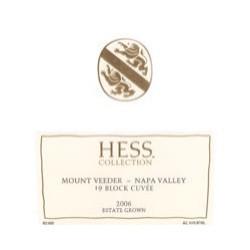 I’ve been fond of wines form Mount Veeder for many years now. But over the last year I’ve made a more concerted effort to try more of them. While I think a wide array of varietals shine up on Mt. Veeder the classic Bordeaux grapes are amongst those I feel stand out most often. Today I’m going to take a look at a selection from
I’ve been fond of wines form Mount Veeder for many years now. But over the last year I’ve made a more concerted effort to try more of them. While I think a wide array of varietals shine up on Mt. Veeder the classic Bordeaux grapes are amongst those I feel stand out most often. Today I’m going to take a look at a selection from 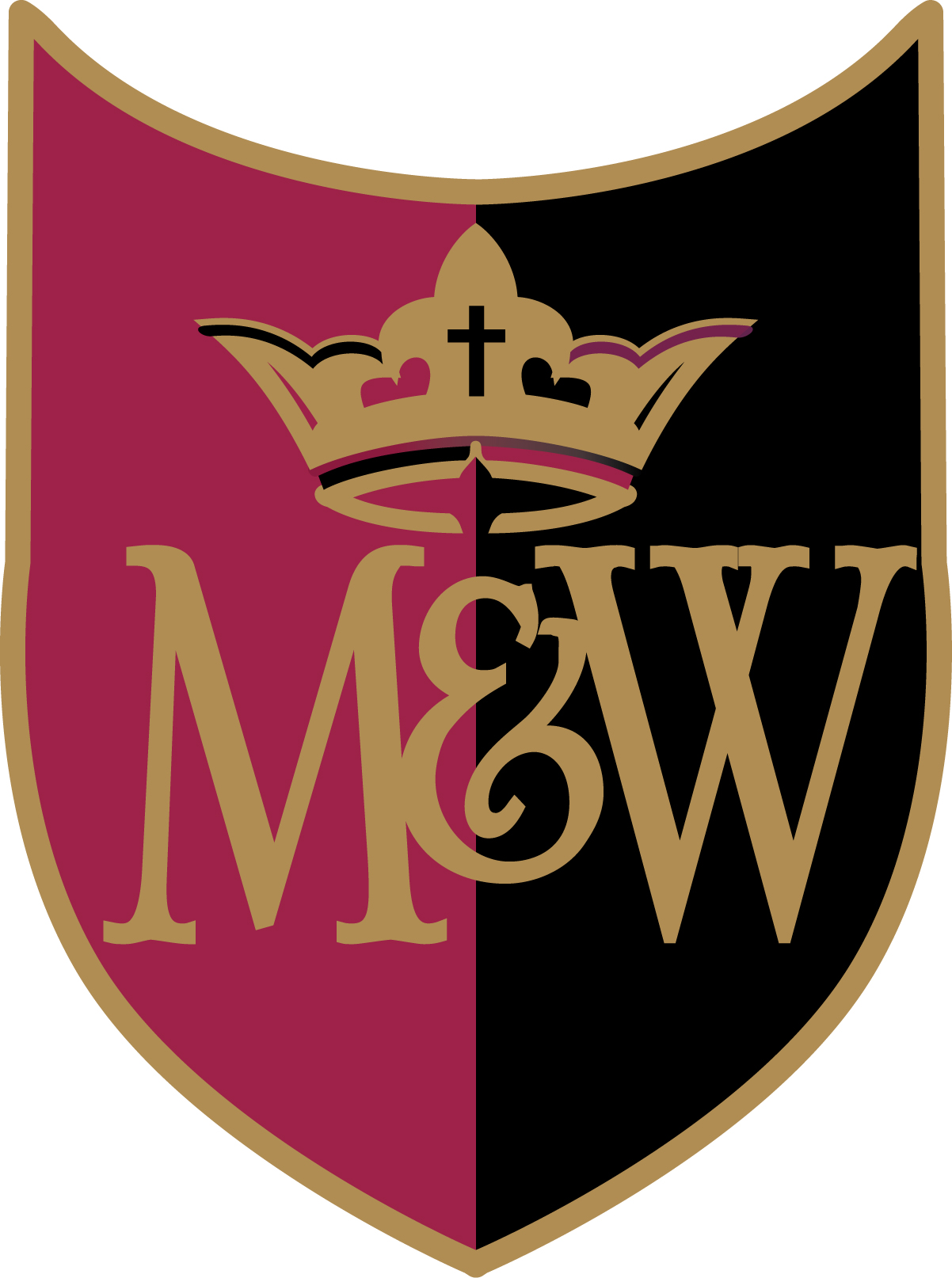 Martin & Weyrich's
Martin & Weyrich's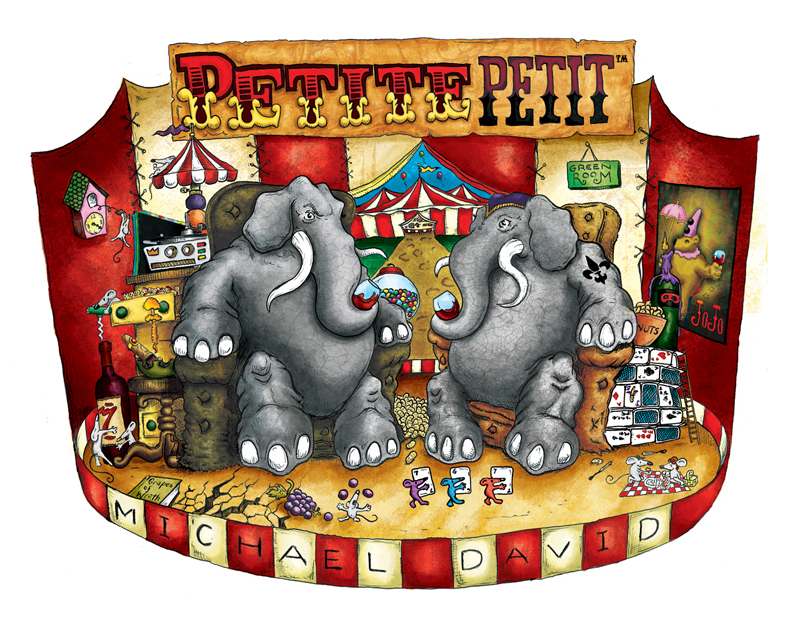 regularly. All that said there are a few that I've never had. The wine I'm looking at today, Petite Petit is one of them. I'm a huge fan of Petite Sirah which makes it surprising to me that I hadn't gotten to this one before now. But that's been corrected.
The 2007
regularly. All that said there are a few that I've never had. The wine I'm looking at today, Petite Petit is one of them. I'm a huge fan of Petite Sirah which makes it surprising to me that I hadn't gotten to this one before now. But that's been corrected.
The 2007 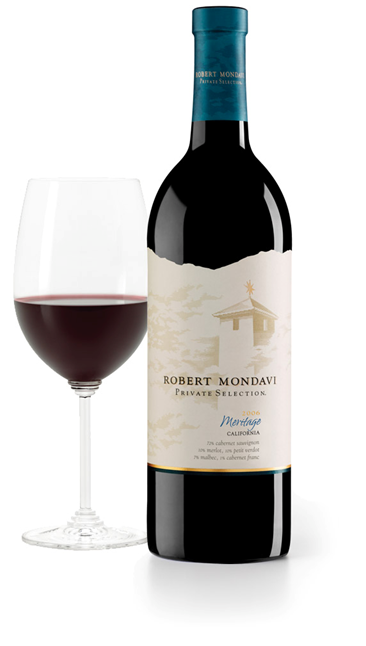 Winery, numerous subsidiaries became part of the Mondavi empire. The Private Selection wines are one of those off shoots. These wines tend to have a suggested retail just above $10 and can provide a gateway for people at the beginning of their wine exploration, as well as everyday value for more seasoned wine drinkers. Today I'll look at their current release Meritage and see what it offers.
The 2006
Winery, numerous subsidiaries became part of the Mondavi empire. The Private Selection wines are one of those off shoots. These wines tend to have a suggested retail just above $10 and can provide a gateway for people at the beginning of their wine exploration, as well as everyday value for more seasoned wine drinkers. Today I'll look at their current release Meritage and see what it offers.
The 2006